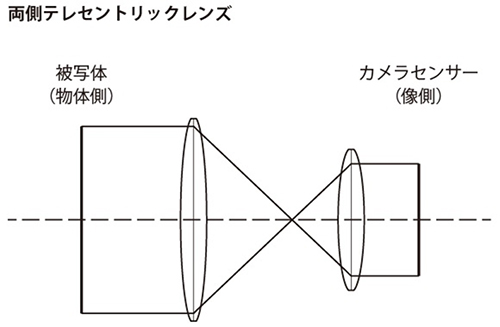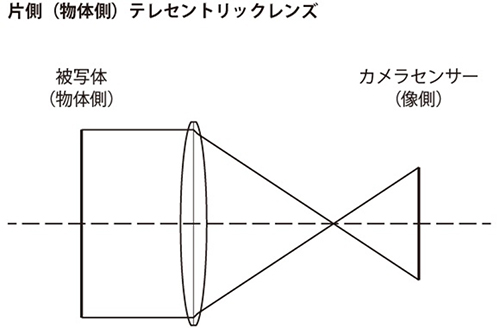Main features of telecentric lenses
1. There is no expansion or contraction of the image within the depth of focus.
→It is possible to reduce measurement errors when measuring dimensions.
2. Less image distortion due to parallax
3. When used in conjunction with coaxial lighting, the brightness of the object is less uneven.
There are two main types of lenses: bilateral telecentric lenses and unilateral telecentric lenses.
We also handle both double-sided and single-sided telecentric lenses.
The characteristics of each are as follows.
Bilateral telecentric lens
A feature of this camera is that the projected size of the subject remains the same regardless of the distance between the camera sensor and the subject.
In other words, by changing the distance on the camera sensor side using a close-up ring, etc., you can change only the distance between the lens and the subject without changing the magnification.
However, the diameter of the lens is physically larger than the area to be projected, so the lower the magnification, the larger the lens size and the higher the price.
Used in precision measuring equipment and projectors.
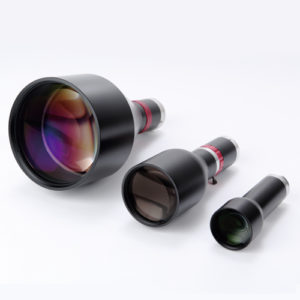 |
両側テレセントリックレンズ RT1 RT3 RT5 |
Unilateral telecentric lens
This lens has a telecentric lens structure only on the subject side.
Unlike a double-sided telecentric lens, when the distance to the camera sensor side changes, the size of the subject will change, just like a non-telecentric lens.
The lens is smaller and less expensive than a double-telecentric lens.
If changing the magnification like a macro zoom lens is not necessary for dimension measurement purposes, it may be used as a fixed magnification replacement.
(In addition to the subject-side telecentric lenses that we handle, there are also image-side telecentric lenses that have a telecentric lens structure only on the camera sensor side.
This is rarely used when photographing workpieces using a regular camera. )
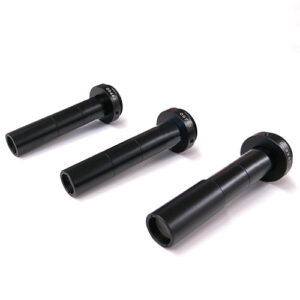 |
|
|
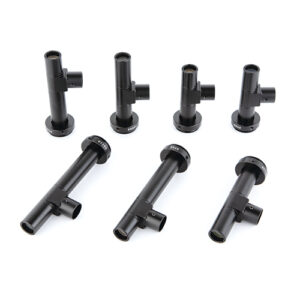 |
テレセントリックレンズ(同軸照明対応・W.D.65mmタイプ)
|
|
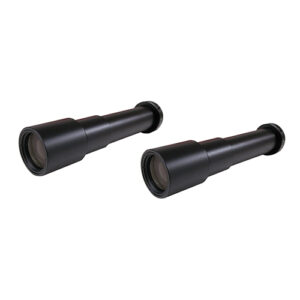 |
メガピクセル対応テレセントリックレンズ(W.D.65mmタイプ)
|
|
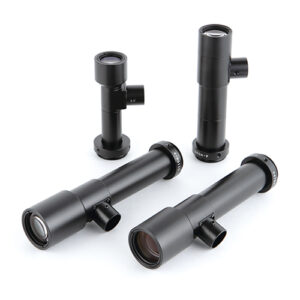 |
メガピクセル対応テレセントリックレンズ(同軸照明対応・W.D.65mmタイプ)
|
Special telecentric lens
■Long distance telecentric lens
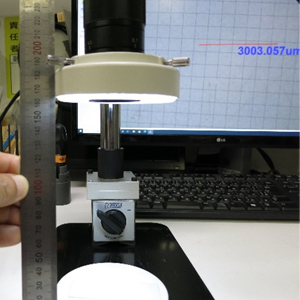 |
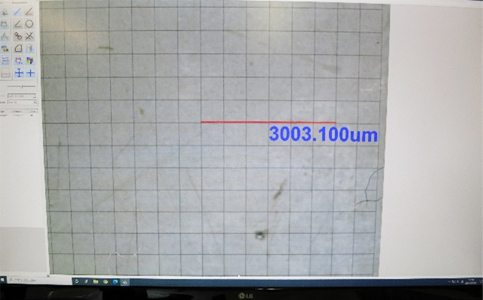 |
A distance of 170 mm can be secured from the tip of the lens to the object.
At this level of magnification, there is not much difference in resolution compared to our zoom lens.
This is effective if you really want to make the lens and camera smaller.
|
telecentric lens
(Working distance:170mm) |
TG lens + 0.5x auxiliary lens (focal length: 170mm) |
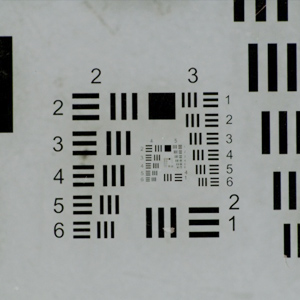 |
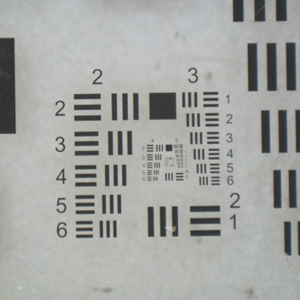 |
■Space-saving, high-magnification telecentric lens
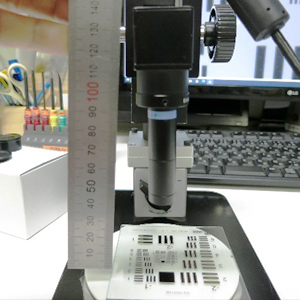 |
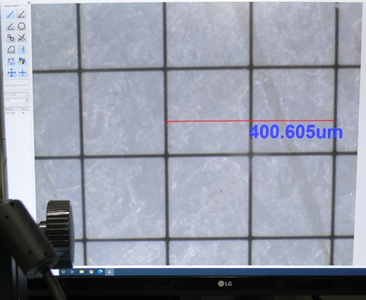 |
The lens is small and the focal length is short at 40mm, making it convenient for installation in tight spaces.
Although the magnification is high, the resolution is lower compared to our zoom lens.
|
Space-saving, high-magnification telecentric lens |
FZ lens + 2x auxiliary lens |
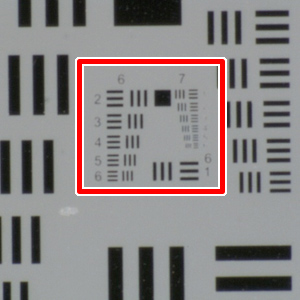 |
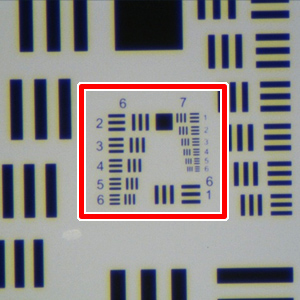 |
| (⇓Enlarge the red frame above) | (⇓Enlarge the red frame above) |
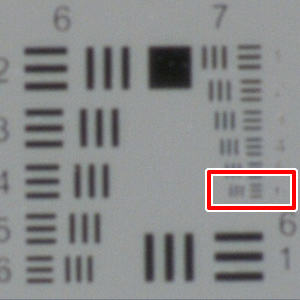 |
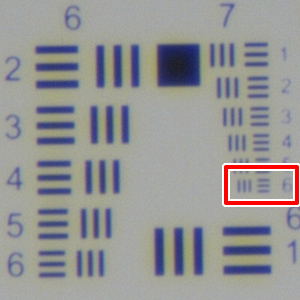 |
2Kigou pitch discrimination and number discrimination are not possible with a telecentric lens.
(Reference) When viewed with our highest resolution lens, it looks like the following.
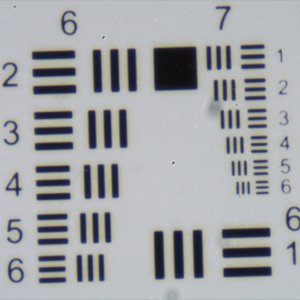
Summary
The main features of telecentric lenses are
1. Since there is no expansion or contraction of the image within the depth of focus, measurement errors can be reduced when measuring dimensions.
2. Less image distortion due to parallax
3. When used in conjunction with coaxial lighting, the brightness of the object is less uneven.
And so on.
Double-sided telecentric lenses used in precision measurement equipment and projectors.
There are single-sided telecentric lenses, which have a telecentric lens structure only on the subject side.
Double-sided telecentric lenses are large and expensive, while single-sided telecentric lenses are small and relatively inexpensive.

